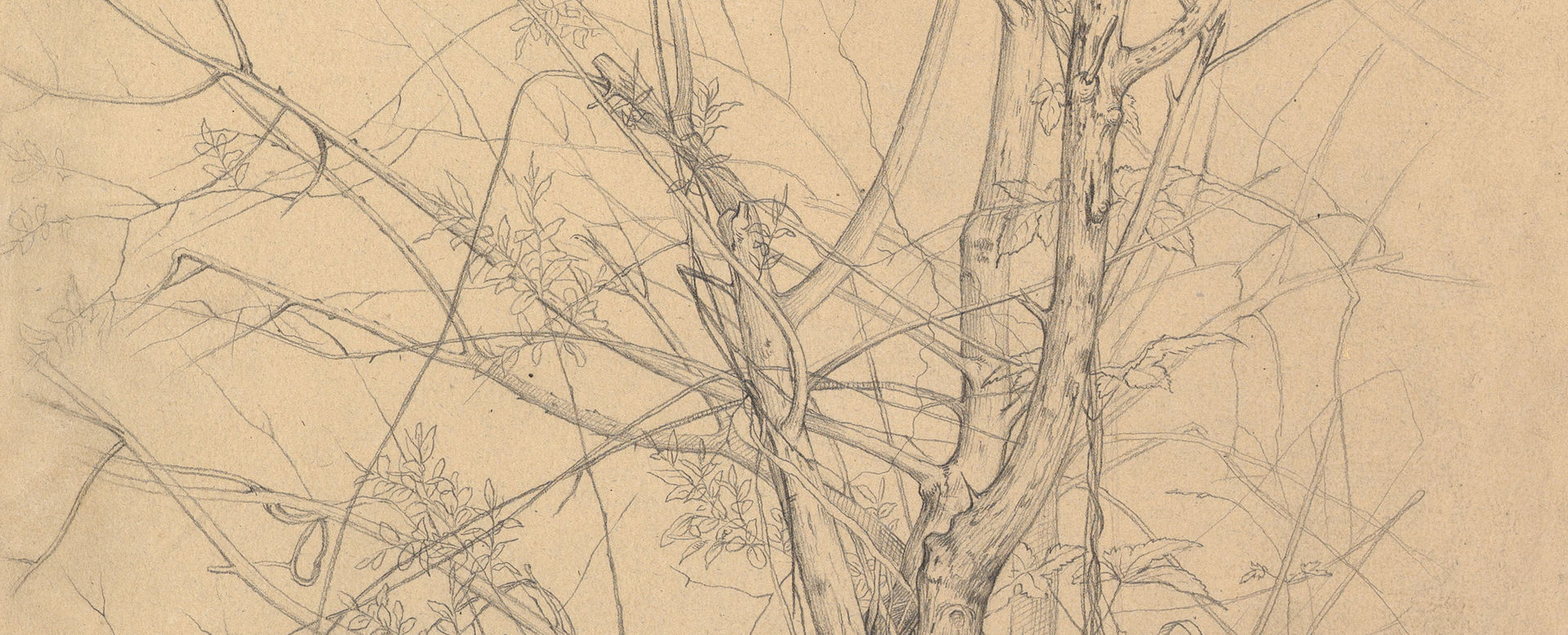The Old Frigate Iris with Her Freight of Cable Alongside the Great Eastern at Sheerness: The Cable Passed from the Hulk to the Great Eastern
Robert Charles Dudley British
Not on view
One of the 19th century's great technological achievements was to lay a telegraphic cable beneath the Atlantic, allowing messages to speed back and forth between North America and Europe in minutes, rather than ten or twelve days by steamer. An initially successful attempt in 1858, led by Cyrus W. Field and financed by the Atlantic Telegraph Company, failed after three weeks. Two working cables were finally laid in July and September 1866, the result of repeated efforts by the indefatigable Field, a cadre of engineers, technicians, and sailors, two groups of financial backers, and significant help from the British and United States navies. This watercolor by Dudley shows the cable being loaded onto the ocean-going steamer, the Great Eastern, off the Thames Estuary on the Kent coast. In 1865 the huge ship ship set out with 2,400 miles of cable weighing 4,000 pounds per nautical mile, coiled into three great tanks. Part of a series documenting the long, arduous process, this image was reproduced as a color lithograph in William H. Russell's 1866 book "The Atlantic Telegraph" (92.10.100 and 61.536.5). In 1892 Field donated art works by Dudley, a copy of Russell's book, commemorative medals, memorabilia, and specimens of cable to the Museum.
This image cannot be enlarged, viewed at full screen, or downloaded.



